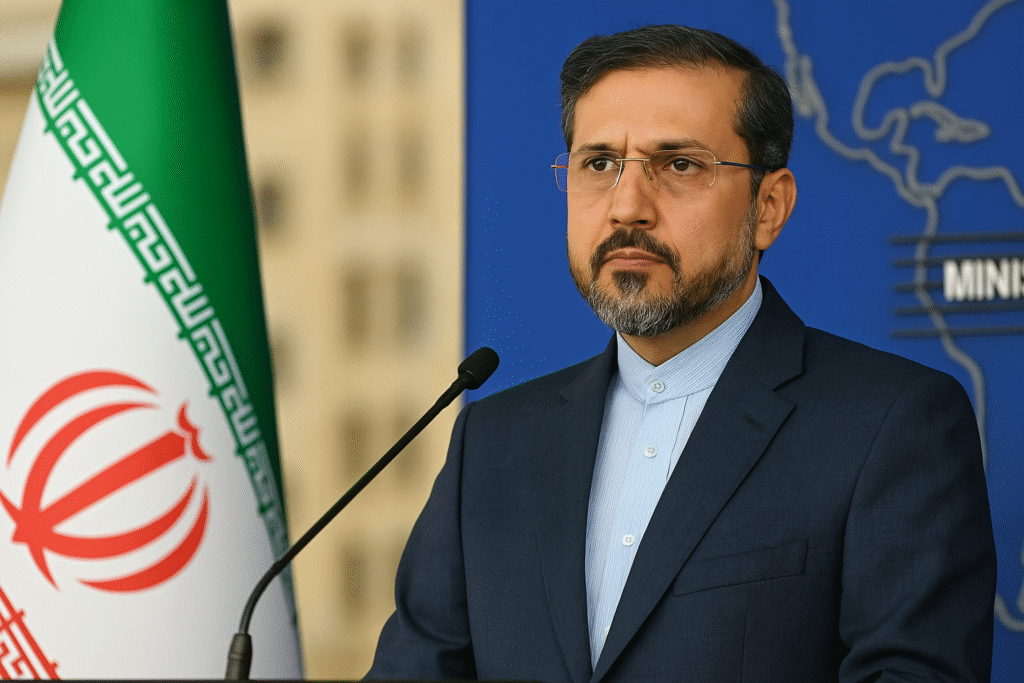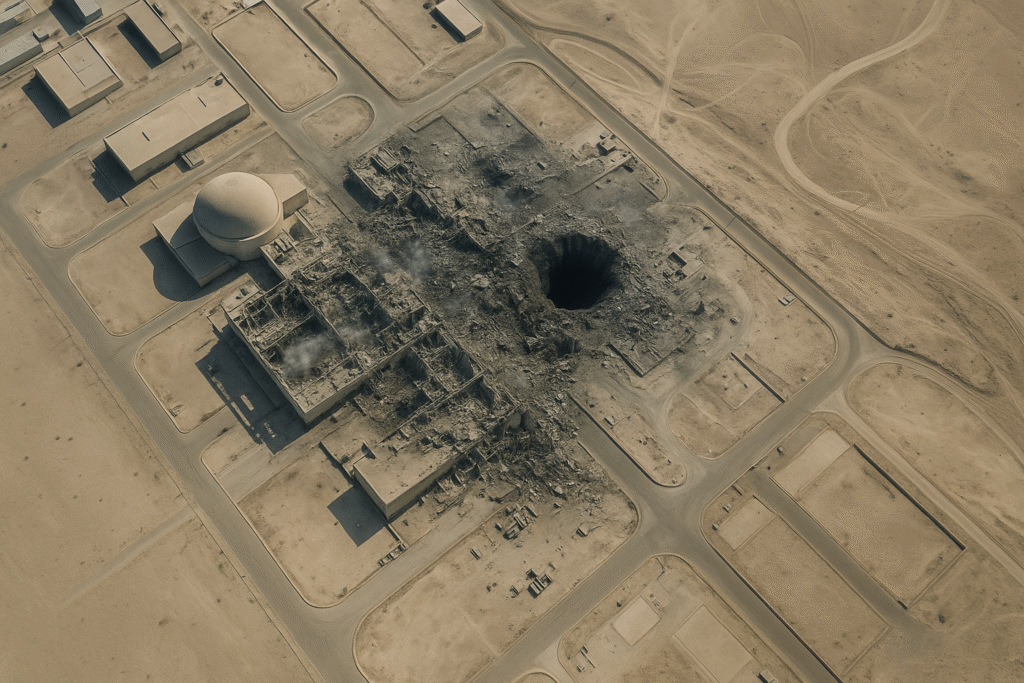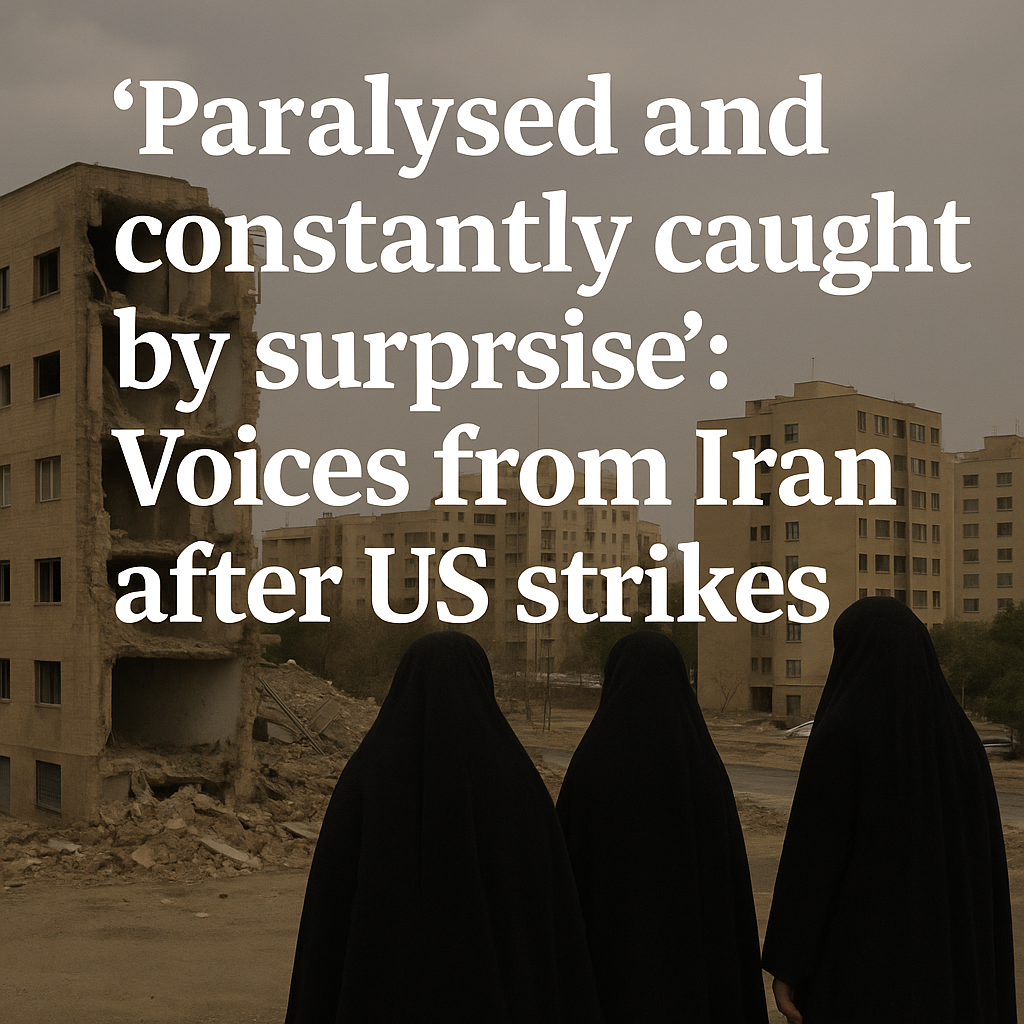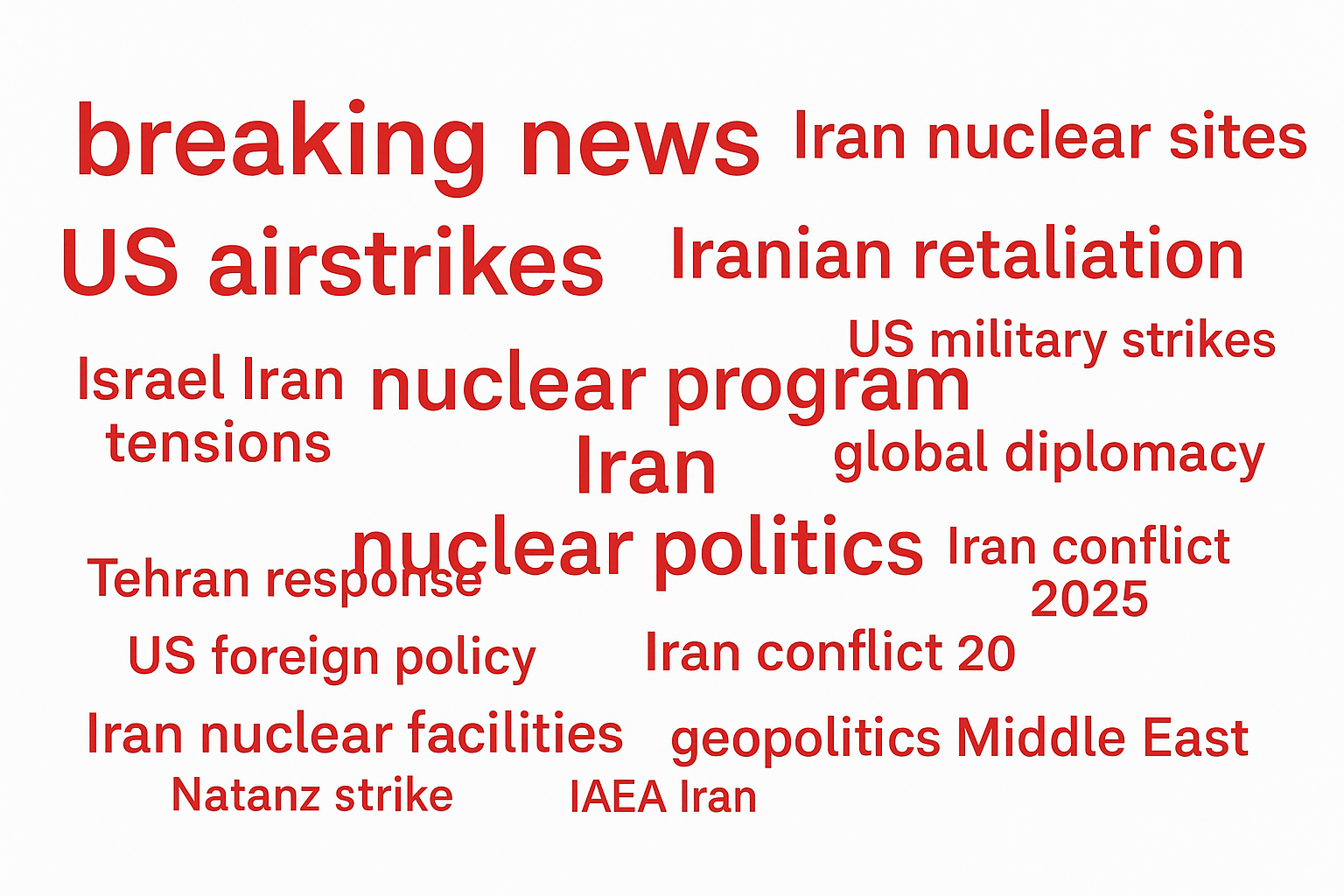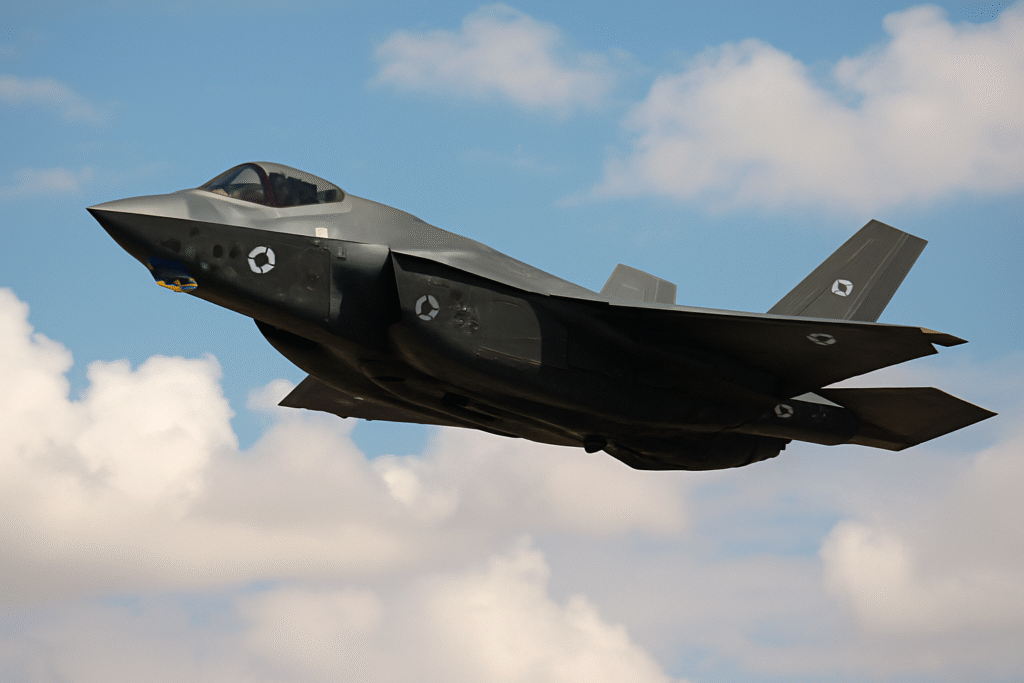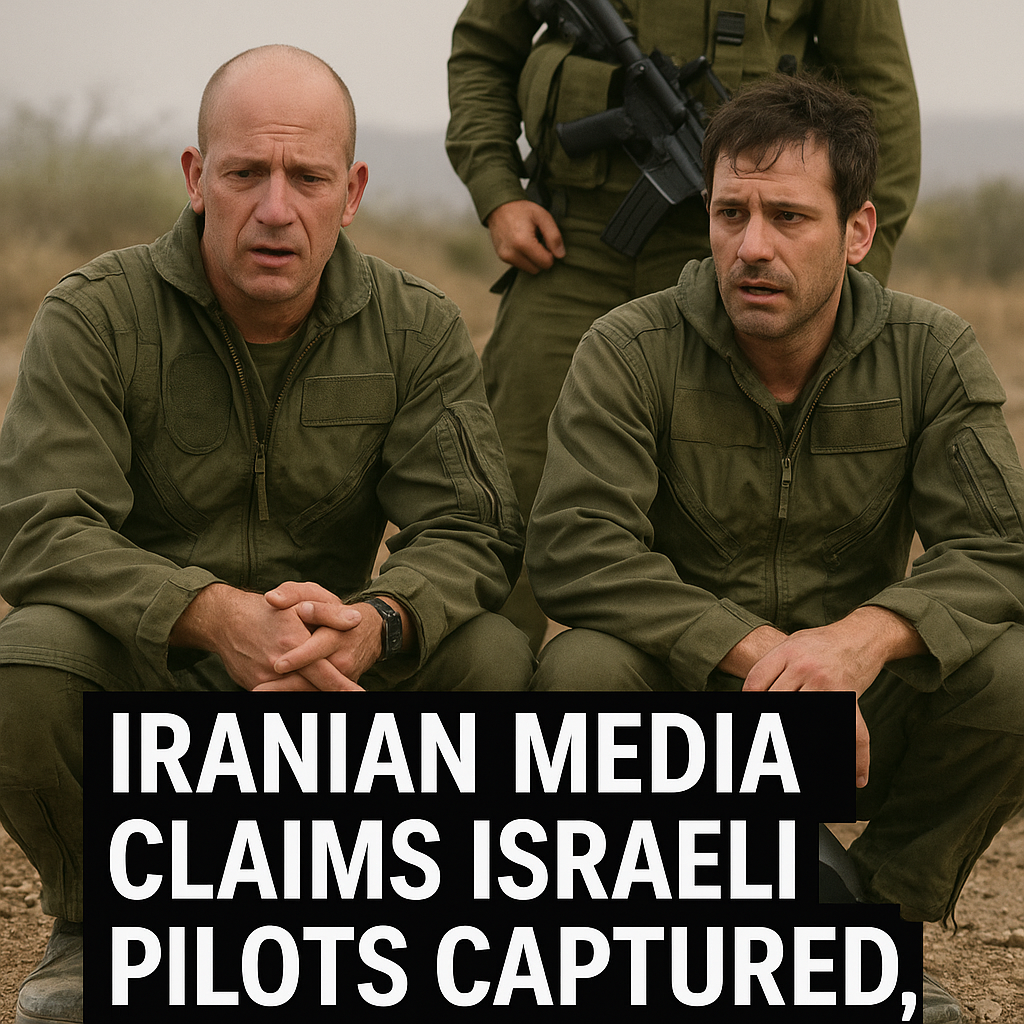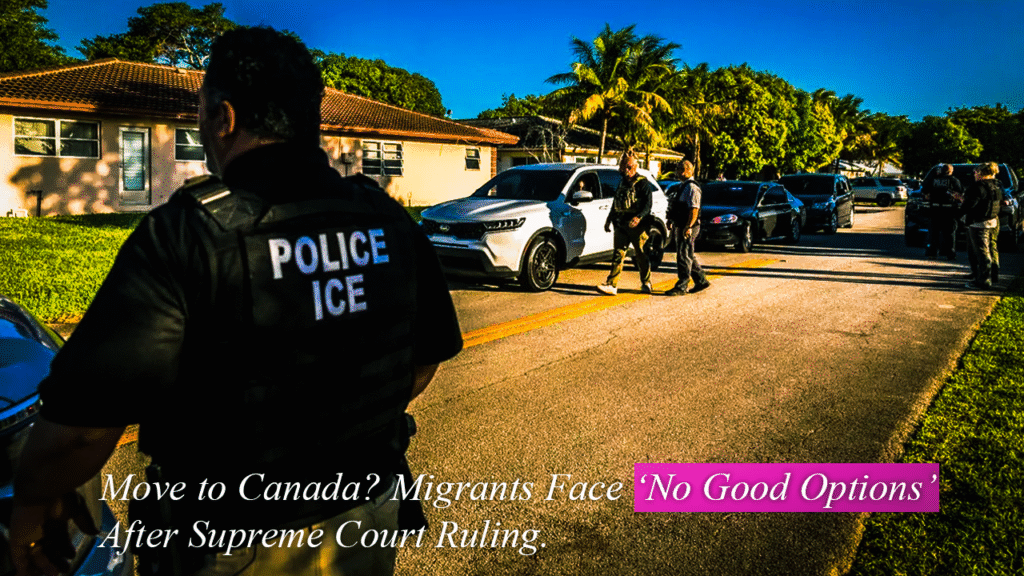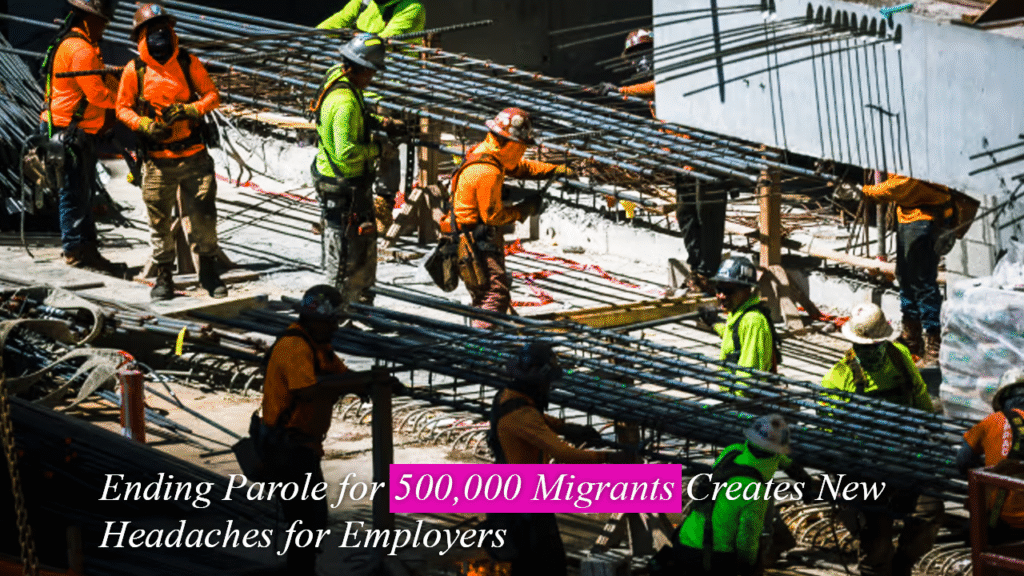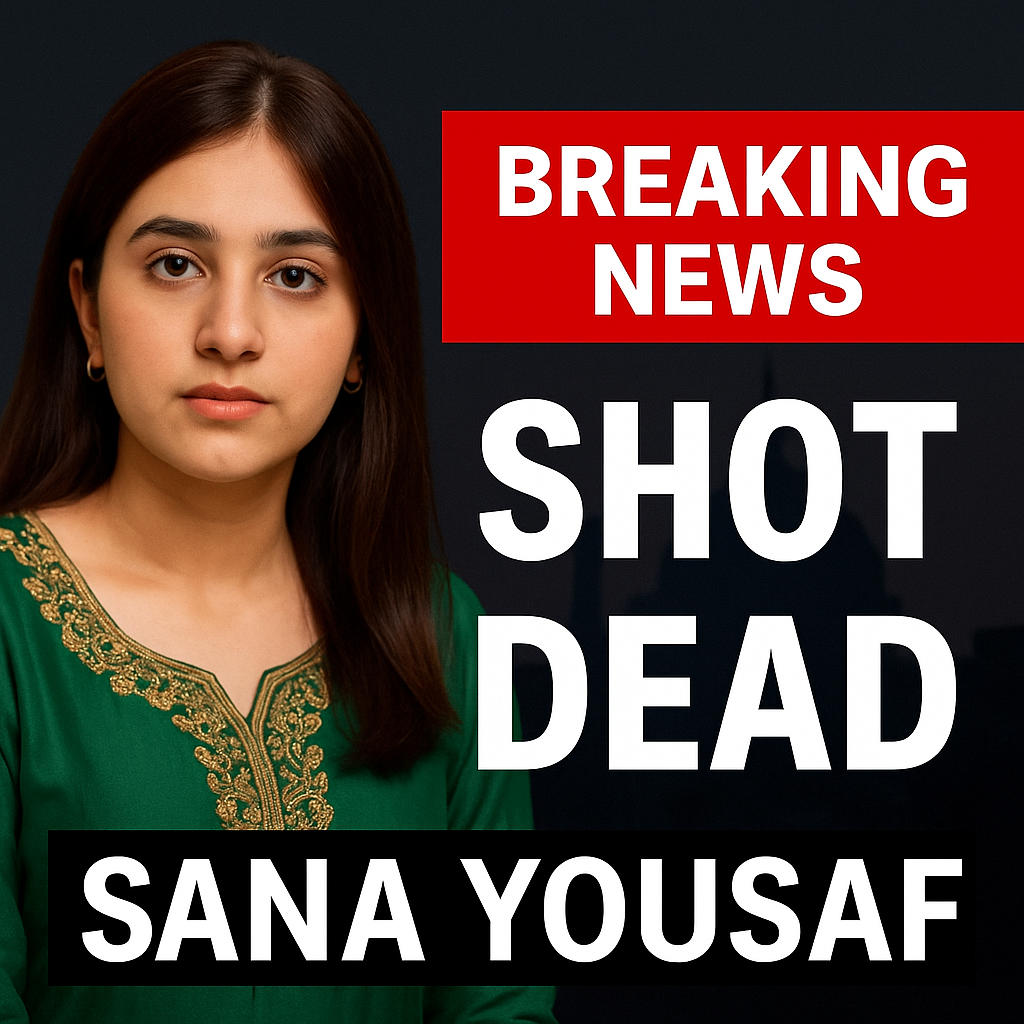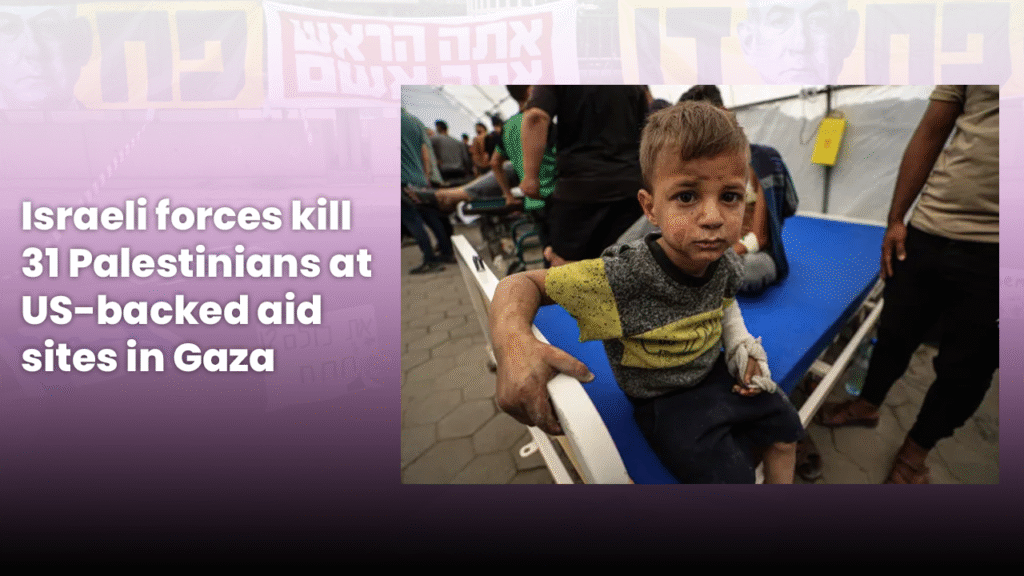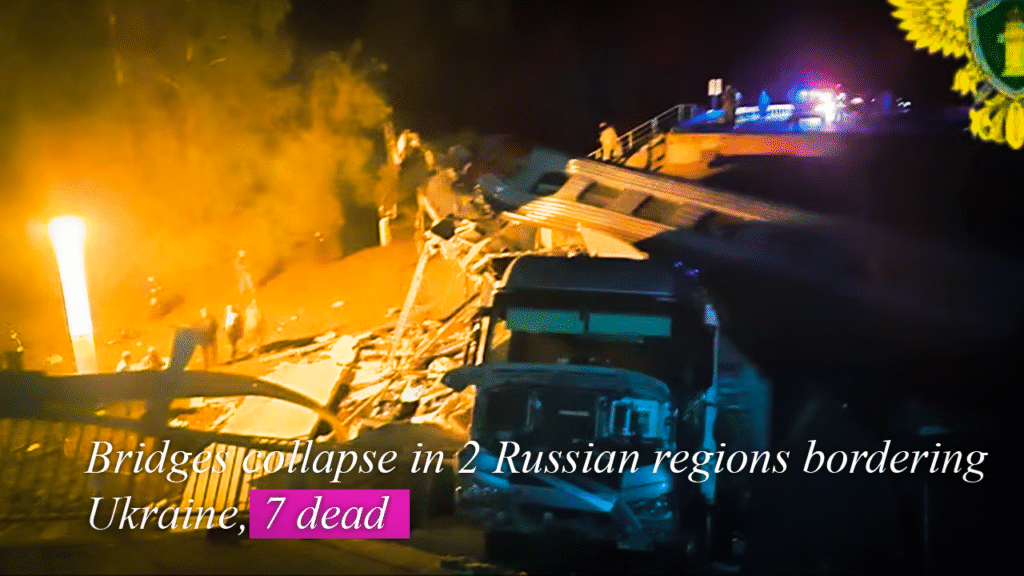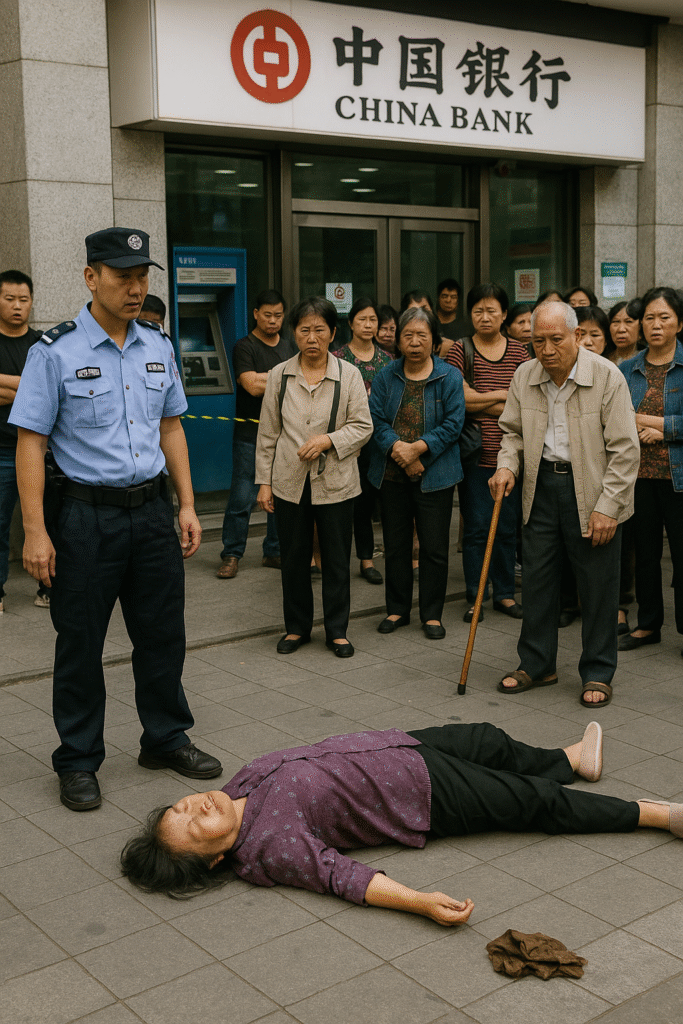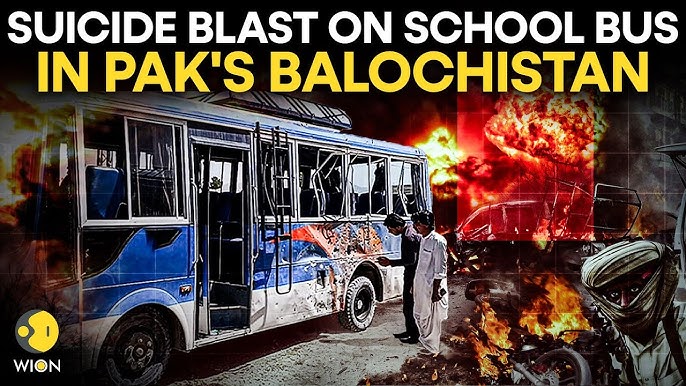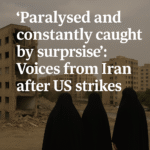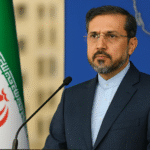How effective was the US attack on Iran’s nuclear sites? A visual guide
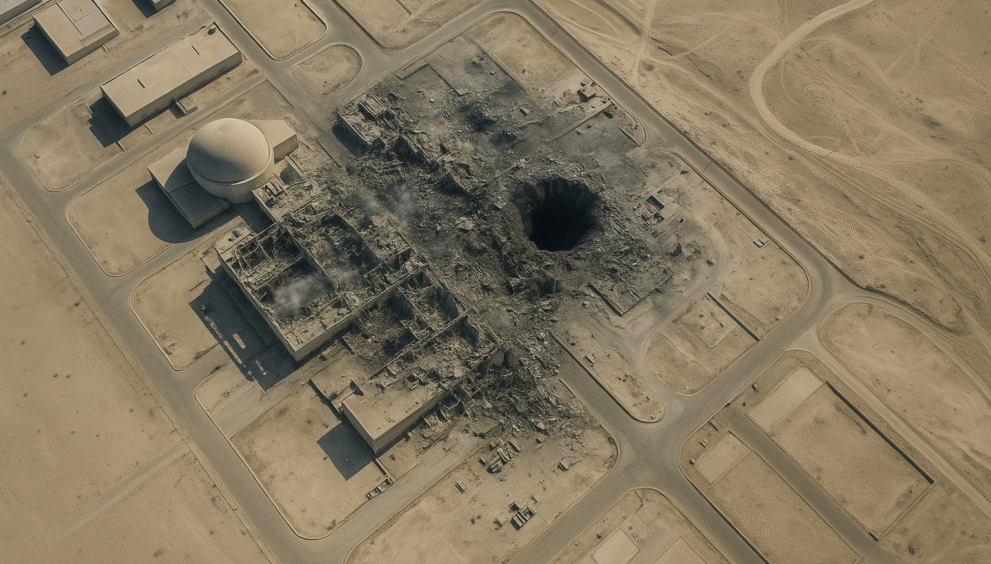
In a geopolitics scenario characterized by high volatility and unpredictability, the United States boldly initiated a well-targeted strike solely against Iran’s nuclear facilities. The military strike had the clearly stated aim of not just hindering the advancement of nuclear weapons development in Iran but also sending a firm strategic message intended to act as a deterrent to further action. The strike was well coordinated and well executed, targeting major enrichment and research facilities well familiar to international organizations and intelligence agencies alike, mirroring the level of coordination and intelligence gathered prior to the strike.
The aim was not mass destruction, but precision-based disruption, intended to halt Iran’s advance without precipitating broader regional escalation. The attack’s success can be gauged in several ways: military precision, damage control, international response, and Iran’s capacity for retaliation.
Key Targets: The Exact Locations Where the Strikes Landed and Struck
One of the primary targets listed in this regard was the Natanz enrichment facility, which is considered a key focal point for the operations connected to Iran’s uranium centrifuges. Extensive satellite imagery analysis confirmed that there were indeed visible effects on the deep-underground facilities connected to this facility with visible roof collapses and unmistakable thermal signatures that point to the application of high-impact penetrative ordnance in the attack.
Damage Assessment
Centrifuge halls were compromised.
Electric and cooling systems interrupted.
Probable delay in enrichment activities by 6–9 months.
Fordow Underground Facility
Located deep beneath a mountain in proximity to the city of Qom, Fordow became another crucial site of interest. Although it is comparatively less accessible, American stealth missiles were targeted specifically at the entrance tunnels and ventilation systems, both of which are vital to the facility’s smooth operation.
The external infrastructure has been damaged.
Access was greatly restricted for several days, resulting in severe limitations.
There was no radiation leak, and no warhead-grade material was struck.
Damage Report: An Assessment of Tactical Success or a Significantly Symbolic Strike?
The US employed bunker-busting bombs—likely GBU-57 Massive Ordnance Penetrators (MOPs)—launched from B-2 Spirit stealth bombers. These are designed to penetrate deeply buried targets at tremendous depth and velocity, with GPS-guided precision.
Physical evidence from satellite imagery and drone videos conclusively proved that there were accurate and clean hits on the intended zones.
Thermal imaging revealed follow-up fires and secondary explosions.
Restrictions and Limitations in Depth of Penetration
Despite the risk of destruction, the majority of Iran’s locations feature double or triple walls of concrete and some are more than 80 meters underground. Destruction was hence impossible.
Outcome: Interference with operations instead of permanent destruction.
Recovery period for Iran: Approximately 8–12 months subject to mobilization of domestic resources.
Iran’s Capabilities and Moves after the Attack
Following the strike, Iran heightened air defense alertness and sent crucial units of the IRGC into action. Hardened airbases were also switched on at the same time to deter further intrusion.
No retaliatory attacks reported or documented were observed shortly after the incident.
Cyber assets were activated, with DDoS attacks being attempted on US regional command facilities, albeit greatly reduced.
Present Status of the Nuclear Program
In spite of having suffered ongoing harm, Iran was able to effectively maintain spare assets and adopt redundancy policies, especially in regards to centrifuge research and uranium supply maintenance. Expert estimates:
20–30% production capacity retained.
Natanz and Fordow rebuilding already in progress, based on decentralized models of enrichment.
The Global Implications of Political Change
International Atomic Energy Agency (IAEA) Declarations
The IAEA called for restraint and emphasized that inspection would still proceed, though access was halted in the impacted areas temporarily due to safety considerations.
IAEA inspectors have established that damage has been done to vital monitoring equipment, which is complicating and making verification much more difficult and challenging.
United Nations and NATO reactions
The United Nations Security Council held an emergency session to discuss the appalling situation at hand; in this session, Russia and China also conveyed their strong opposition to the unilateral move.
NATO allies are divided: Britain and France supported the intent of the operation but raised questions about long-term planning.
Strategic and Long-Term Implications
Immediate Rewards
Iran’s nuclear timeline pushed back by 6–12 months.
Psychological effect: Tehran reminded of US reach and intelligence capabilities.
A message has also been conveyed to some of the regional competitors regarding the particular red lines that have been established.
Long-Term Effects
Strengthening of the Iran-Russia-China trilateral axis.
Iran has made a new and important effort at the development of its domestic underground capabilities. Potential withdrawal from NPT (Non-Proliferation Treaty) as a response.
The Visual Guide: Satellite and Intelligence Images Analysis and Interpretation
Pre-Strike Imagery
The military and commercial satellites’ high-resolution images have unveiled considerable information:Undisturbed reactor domes. Uninterrupted flow of automobiles. Post-Strike Imagery Crater formation documented at main ingress points. Heat blooms have been recorded and observed using thermal satellites. Drone video footage confirmed equipment loss and scattered debris patterns. These images have a dual purpose; they are not just powerful proof of the accuracy and precision of targeting but also a potent strategic instrument in the sphere of international media. This, in its turn, makes a significant contribution to the swaying and influencing of public and political opinion on various platforms and circumstances.
Conclusion: Was the Attack Effective?
The US bombing of Iran’s nuclear sites was strategically effective in inducing delays and symbolic pressure but not to the extent of completely disabling the nuclear program. The eye-witness account attests to precision targeting, and the geopolitical ramifications attest to a fragile regional balance that continues to remain susceptible to escalation. Finally, the attack is used to emphasize the sophistication and multi-faceted character of modern asymmetric warfare. It also serves to emphasize the strategic shortcomings involved in using precision attacks against a committed and resourceful opponent who has a high degree of flexibility and guile.

 English
English 

